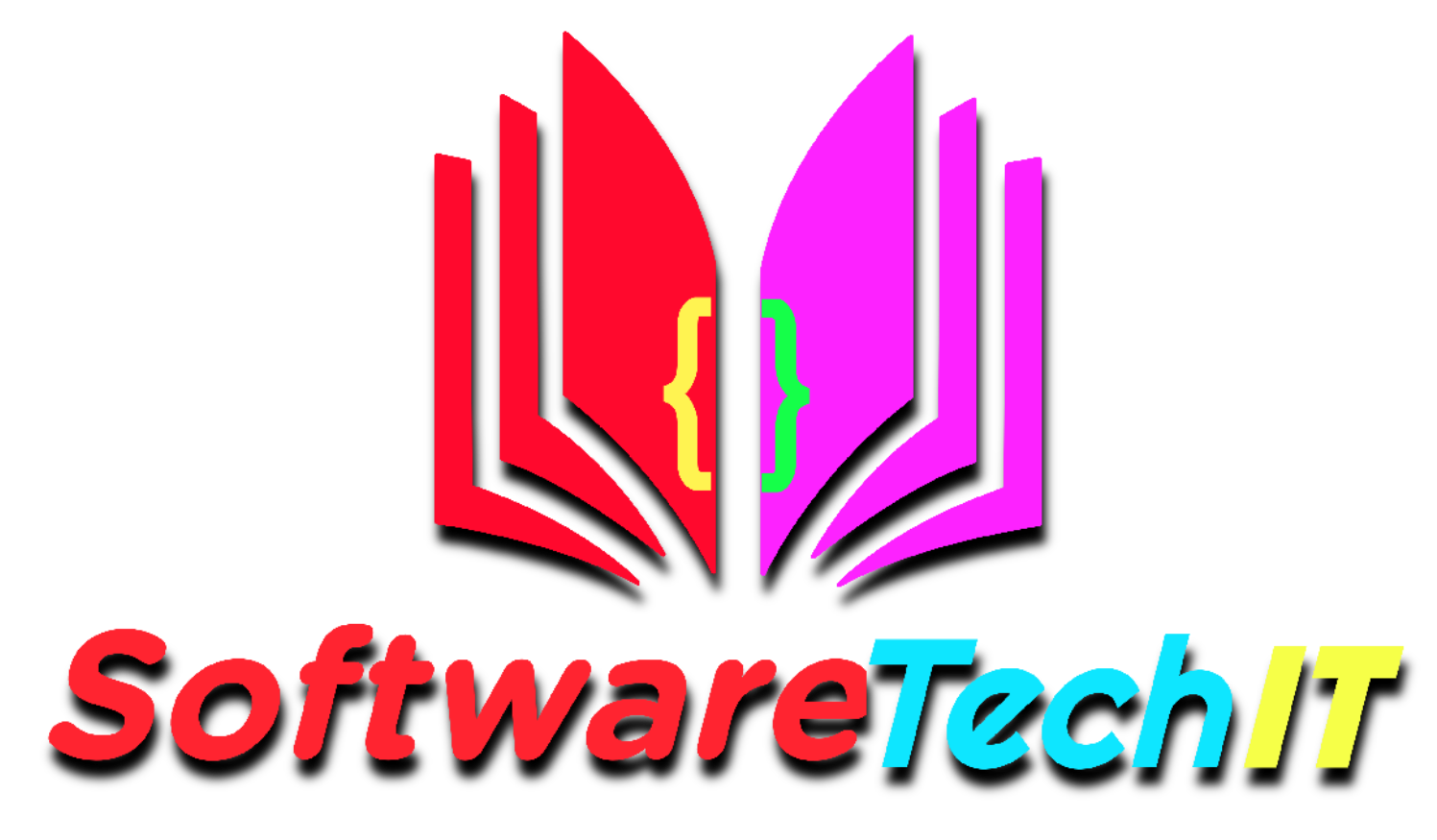home.softwaretechit.com
Software Testing Multiple Choice
Software Testing Multiple Choice Questions and Answers for Software Development Life cycle, Test Levels, Test Types, Test Design Techniques, and Software Testing Life Cycle.
I. Manual Testing
1. What is “V” Model?
a. Test Level
b. SDLC Model
c. Test Type
d) Test Design Technique
2. What is Integration Testing?
a. SDLC Model
b. Test Type
c. Test Design Technique
d. Test Level
3. What is Functional Testing?
a) SDLC Model
b) Test Type
c) Test Design Technique
d) Test Level
4. What is Decision Table Testing?
a) Black Box Test Design Technique
b) White Box Test Design Technique
c) Gray Box Test Design Technique
d) Experience-based Test Design Technique
5. What is Decision Testing?
a) Black Box Test Design Technique
b) White Box Test Design Technique
c) Gray Box Test Design Technique
d) Experience-based Test Design Technique
6. What is Exploratory Testing?
a) Black Box Test Design Technique
b) White Box Test Design Technique
c) Gray Box Test Design Technique
d) Experience-based Test Design Technique
7.) What is Sanity Testing?
a) Test Level
b) Test Type
c) Test Design Technique
d) Test Execution Level
8. ————is not a Test Document?
a) Test Policy
b) Test Case
c) PIN (Project Initiation Note)
d) RTM (Requirements Traceability Matrix)
9. —————–is not a Test Type?
a) Database Testing
b) Security Testing
c) Functional Testing
d) Statement Testing
10. ——————is not a Test Level?
a) System Testing
b) Acceptance Testing
c) Functional Testing
d) Integration Testing
11. ——————-is not a Software Test Life Cycle Phase?
a) Requirements Gathering
b) Test Planning
c) Test Closure
d) Test Design
12. ——————-is not a Software Development Life Cycle Phase?
a) Requirements Gathering
b) Coding
c) Test Closure
d) Testing
13. Which Test Document describes the Exit Criteria of Testing?
a) Test Case
b) Test Plan
c) Test Summary Report
d) Defect Report
14. ——————- are the Testers of System Testing?
a) Developers
b) Business Analysts
c) Independent Testers
d) Customers
15. ——————-are the Testers of Unit Testing?
a) Developers
b) Business Analysts
c) Independent Testers
d) Customers
16. The order in which Test Levels are performed is:
a) Unit, Integration, Acceptance, System
b) Unit, System, Integration, Acceptance
c) Unit, Integration, System, Acceptance
d) It depends on the nature of a project
17. What is Fault Masking?
a) Creating a test case that does not reveal a fault
b) Error condition hiding another error condition
c) Masking a fault by the developer
d) Masking a fault by a tester
18. Which is not a part of Specification Testing?
a) Equivalence Partitioning
b) Decision Tables
c) Decision Testing
d) Use Case Testing
19. The Cyclomatic number theory in a graph is defined by ________.
a) e – n + 2
b) e – n + 1
c) e – n – 2
d) e – n – 1
20. Which of the following is/are true regarding Catastrophic Defects?
a) Hide other defects.
b) Invokes other defects.
c) Failure of the software and data can be recovered.
d) Application crashes and data cannot be recovered.
21. White Box Techniques are also called as
a) Structural Testing
b) Design-Based Testing
c) Error Guessing Technique
d) Experience-Based Technique
22. The Test Cases Derived from use cases
a) Are most useful in uncovering defects in the process flows during real-world use of the system
b) Are most useful in uncovering defects in the process flows during the testing use of the system
c) Are most useful in covering the defects in the process flows during real-world use of the system
d) Are most useful in covering the defects at the Integration Level
23. What can static analysis NOT find?
a) the use of a variable before it has been defined
b) unreachable (“dead”) code
c) memory leaks
d) array bound violations
24. Incidents would not be raised against
a) requirements
b) documentation
c) test cases
d) improvements suggested by users
25. Maintenance testing is performed using which methodology?
a) Retesting
b) Sanity testing
c) Breadth test and depth test
d) Confirmation testing















0 Comments